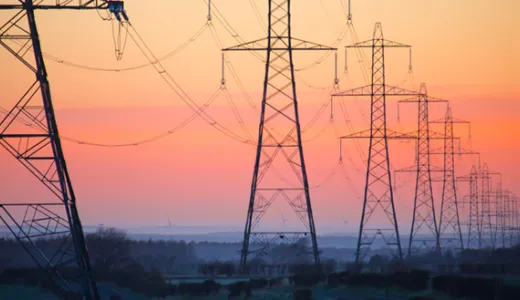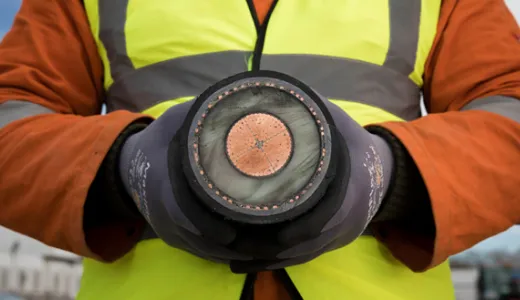What is a pylon?
Pylons – also known as electricity transmission and distribution towers – are the structural supports that have carried the UK’s network of high-voltage overhead power lines for nearly 100 years.
Today there are more than 90,000 transmission and distribution electricity pylons across Britain.
How do electricity pylons work?
Pylons are used to support high-voltage overhead lines – the cables that transmit electricity all over the country through the electricity grid. They keep these cables high enough from the ground that they can easily pass over roads, rivers, valleys or railway lines without coming into contact with passing vehicles or people.
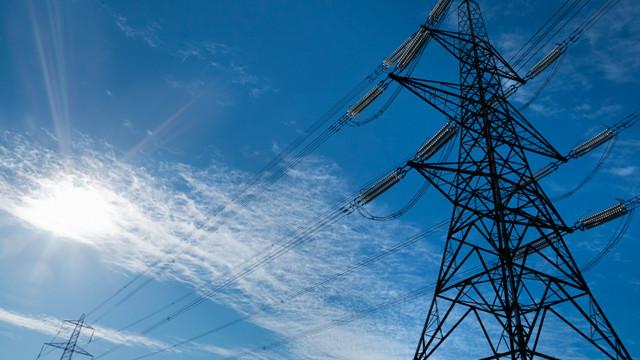
Pylons support overhead lines
The overhead lines that are supported by pylons transmit electricity from where it’s generated (such as power stations or wind farms) to regional substations, and from the substations to our homes, businesses and anywhere else that uses electricity.
Electricity is usually generated at a power source at low voltages of around 25kV (sometimes as high as
66kV). If it’s being fed onto the transmission network, it enters a transmission substation where it passes through a supergrid transformer that steps it up into high-voltage electricity – up to 400,000 volts (400kV). This ensures greater efficiency and less energy loss as it travels around the national grid.
The electricity eventually reaches another substation where a transformer ‘steps it down’ into more usable, lower-voltage electricity.
Local Distribution Network Operators (DNOs) – such
as National Grid Electricity Distribution – transport this lower-voltage electricity through their own power lines and underground cables to supply homes and businesses.
Pylons help to keep electricity flowing safely
Overhead power lines are attached to the pylons using ‘insulators’ made of materials that won’t conduct an electrical current – such as porcelain or glass. These prevent the steel towers from becoming live.
Pylons also
need to be resilient against severe weather. Another crucial safety feature of a pylon is the earth wire, which takes lightning safely to ground in the event of a strike (and may also be used to carry telecoms signals).
High winds aren't usually an issue for larger pylons, but devices called dampers on the power lines will stop the lines from ‘galloping’ in windy conditions and causing vibrations.
What are pylons made of?
Pylons are usually made of steel, due to its strength. To avoid the steel conducting an electrical current from the high-voltage cables into the tower, ‘insulators’ are used. These are usually made of materials that won’t conduct an electrical current, such as porcelain or glass.
Are pylons dangerous?
As overhead lines are bare (uninsulated), it’s important that they’re high enough from the ground so neither human nor machine can come into contact with them.
The reason pylons are so tall is for safety purposes, so the overhead lines can’t be reached by the public and can easily straddle roads, rivers, valleys or railway lines without coming into contact with passing vehicles or people.
You should never climb a pylon or attempt to get near to overhead lines, as this has the potential to cause severe shocks, burns or even death.
Some people worry about electromagnetic fields (EMFs) from power lines having negative health effects and we take these concerns seriously.
Studies by independent scientific authorities, such as the World Health Organisation (WHO) and UK Health Security Agency (UKHSA), have been unable to establish any health risks from EMFs at the levels at which the UK’s network operates. These levels are reflected in guidelines set by government and met by all UK electricity infrastructure – including our own.
Find out more about electromagnetic fields
Who owns electricity pylons?
You might have noticed that pylons in the UK come in different sizes. This is because they carry different types of power line and they’re owned by different organisations.
The larger pylons – carrying 400kV and 275kV power lines – are owned by National Grid Electricity Transmission. They transmit electricity from where it’s generated (such as power stations or wind farms) to regional substations. This part of the electricity network is known as the ‘transmission network’ because it transmits power across the country.
The smaller pylons – which carry power lines of 132kV and lower – are owned by the DNOs. They carry electricity from the substations to our homes, businesses and anywhere else that uses electricity.
How tall are pylons?
National Grid’s UK transmission pylons are a minimum height of 118ft (36m), while the tallest are 623ft tall (190m), crossing the River Thames between Essex and Kent – taller than the BT Tower in London, which stands at 620ft (189m) including its aerial rigging.
How are pylons repaired and maintained?
Typically, the operational life of a pylon is around 80 years. The conductors, insulators and fittings on high-voltage overhead lines normally last for about 40 years, so the pylons and overhead lines need to be refurbished periodically in order to maintain the network and ensure it continues supplying electricity safely and securely.
As well as teams on foot carrying out inspections, we often use helicopters to monitor the network, as they can cover large distances and don’t require access to the land surrounding our powerlines. We also have a fleet of drones, which allow us to look at parts of our network that are more difficult or costly to reach.
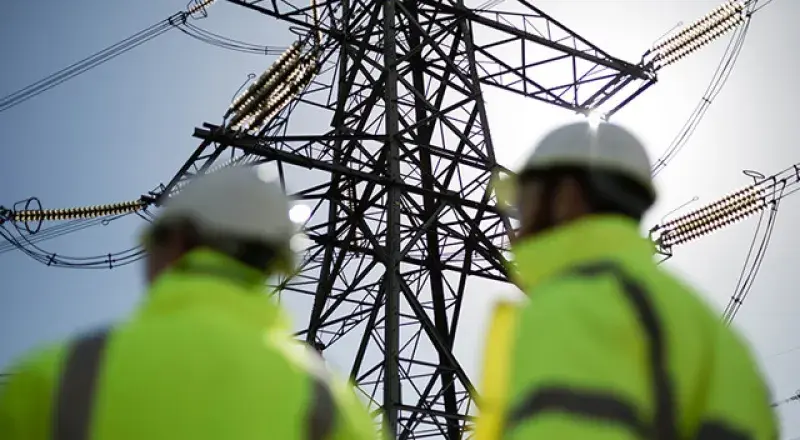
Watch our engineer climbing a pylon to complete safety checks
What is a T-pylon?
The T-pylon is the first new design for UK electricity pylons in nearly
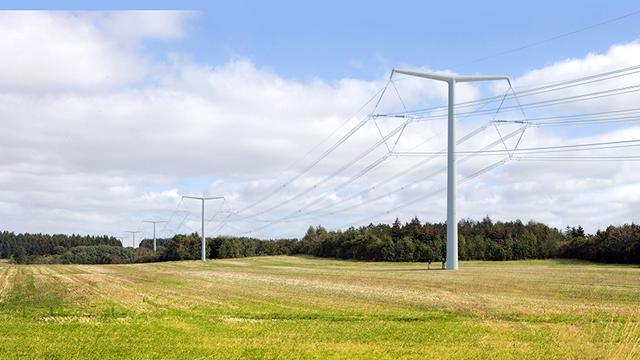
100 years.
This new shorter, sleeker pylon design was chosen from 250 entries in an international competition, organised by National Grid, the UK Government and the Royal Institute of British Architects in 2011.
The winning T-shaped pylon is about 50 ft shorter than the traditional steel lattice structure but can still transmit 400,000 volts. The overhead power lines it carries are suspended from a diamond-shaped ‘earring’.
The world’s first operational T-pylon construction project currently underway and is expected to be completed in 2026. This project will see 116 T-pylons installed along National Grid’s 57 km Hinkley Connection route. The route will connect low-carbon energy from EDF’s Hinkley Point C power station to six million UK homes and businesses.
Last updated: 18 October 2023
The information in this article is intended as a factual explainer and does not necessarily reflect National Grid's strategic direction or current business activities.
